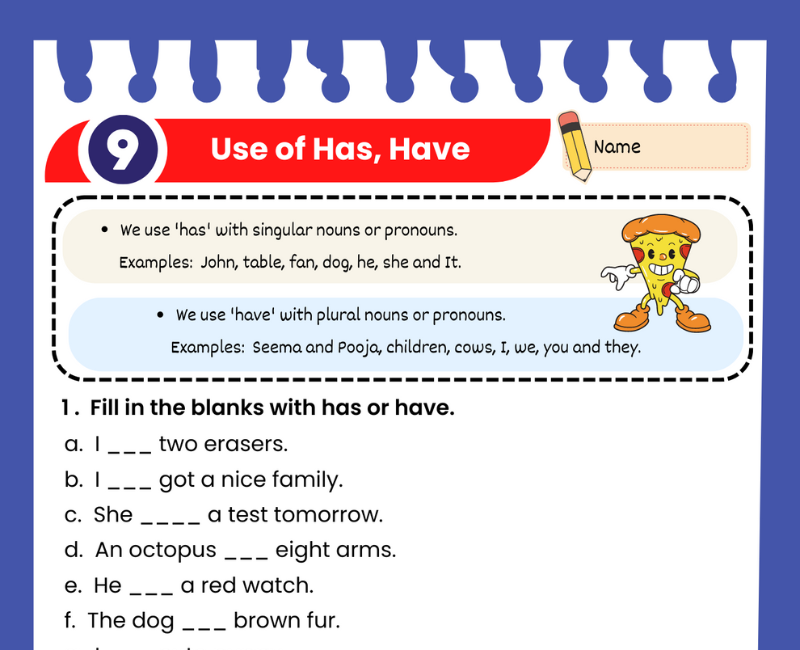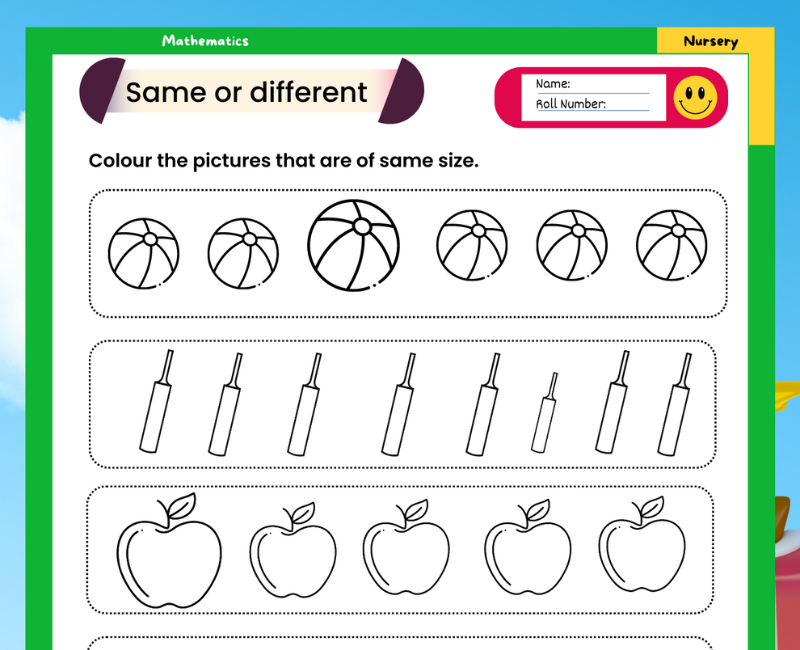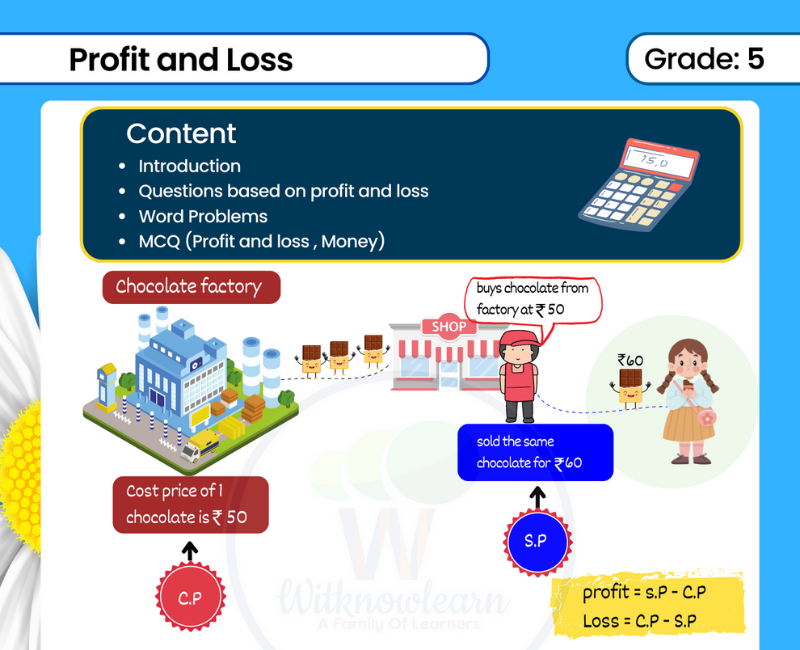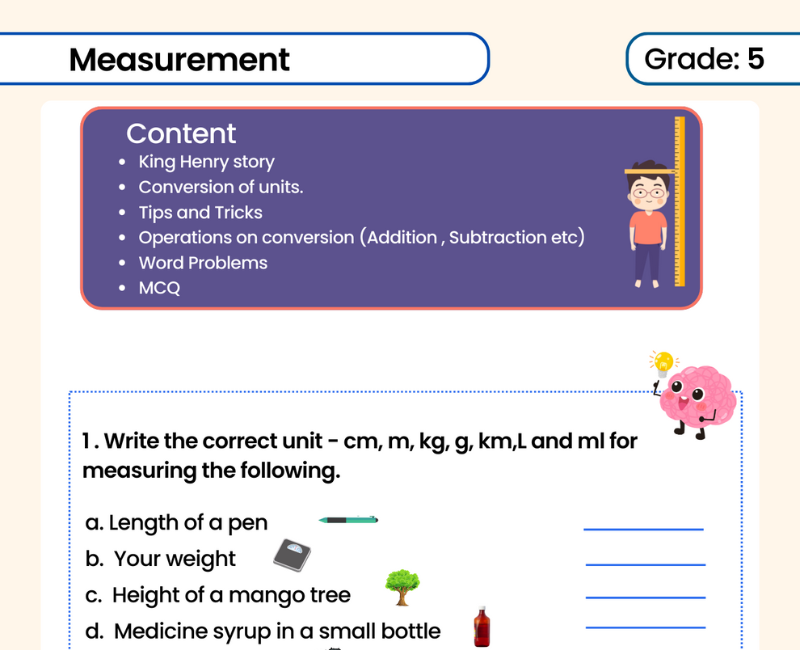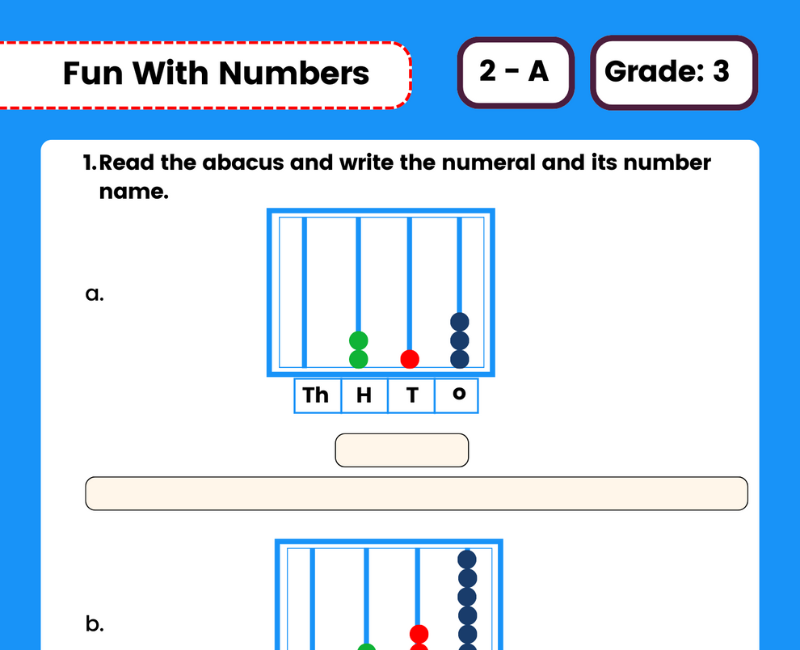Mastering Verbs Has Have: A Printable Worksheet for Class 2 Students
Teaching grammar to young students can be a challenge, but with the right resources, it can also be fun and effective. This printable worksheet is designed to help class 2 students learn and practice using the verbs "has" and "have" correctly in sentences.
Introduction to verbs has and have.
Verbs are an essential part of any sentence, and they help us understand the action or state of being in a sentence. The verbs "has" and "have" are commonly used in English to indicate possession or ownership. In this worksheet, we will introduce these verbs to class 2 students and provide examples of how to use them correctly in sentences.
Examples of using verbs has and have.
Here are some examples of how to use verbs has and have in sentences:
- I have a cat. - She has a new bike.
- They have three children.
- He has a lot of homework.
- We have a big family.
Encourage your class 2 students to practice using these verbs in their own sentences, and provide feedback on their usage to help them improve their grammar skills.
Fill in the blanks with the correct form of has or have.
This printable worksheet is designed to help class 2 students master the usage of verbs has and have. The worksheet contains several sentences with blanks that need to be filled with the correct form of has or have. By completing this worksheet, students can practice using these verbs in context and improve their grammar skills. Teachers can also use this worksheet as a tool to assess their students' understanding of these verbs and provide feedback to help them improve.
Identify the correct form of has or have in a sentence.
This printable worksheet is a great tool for class 2 students to practice identifying the correct form of has or have in a sentence. The worksheet contains several sentences with blanks that need to be filled with the correct form of has or have. By completing this worksheet, students can improve their understanding of these verbs and their ability to use them correctly in context. Teachers can also use this worksheet to assess their students' understanding of these verbs and provide feedback to help them improve.
Verb has have are essential elements of English grammar, helping to convey the perfect tense in sentences. Mastering the use of these auxiliary verbs is crucial for creating grammatically correct sentences and improving overall language skills. To facilitate this learning process, various resources such as has have worksheet, worksheet has have, and worksheet have has are available to learners. These worksheets are designed to provide ample practice for different age groups, including has have worksheet for class 1 and has have worksheet for class 2.
The has and have worksheet resources offer learners an opportunity to practice using these auxiliary verbs in context. Use of has and have worksheet exercises can help students build a strong foundation in English grammar, particularly for those in the 2nd standard. By using resources like has have had worksheet for class 2 with answers, students can gain a better understanding of the proper usage of these verbs.
The use of has have worksheet and has have worksheet with answers allows learners to practice and reinforce their understanding of these auxiliary verbs. This practice is further enhanced by resources like has have use worksheet and has have worksheet for class 2 with answers, which provide a comprehensive learning experience for students at various grade levels.
Has and have worksheet for class 2 and have has had worksheet with answers are valuable resources for students seeking to improve their grasp of the perfect tense in English grammar. By working through these exercises, learners can gain a better understanding of the use of has and have in various contexts.
The importance of mastering English grammar, particularly for class 2 students, cannot be overstated. Resources such as use of has have worksheet for class 1, worksheet of has have for class 2, and worksheet of English grammar for class 2 help build a strong foundation for future language learning.
Understanding how many verbs exist in English grammar is essential for learners to become proficient in the language. Has have verb form, along with other essential verbs, can be practiced and mastered through resources like basic English grammar, English grammar for class 2, and basic for English grammar.
To further support this learning process, resources such as English basic grammar, English grammar from basic, and English grammar for 2 class are available to students. English grammar of class 2, for instance, can help young learners grasp the fundamental concepts of the language and build upon them as they progress in their studies.
Worksheets and resources for learning English grammar can often be found in PDF format, such as basic English grammar PDF and basic of English grammar PDF. These materials make it easy for students to access and practice their skills at home or in the classroom.
English grammar for 2nd class and English grammar for 2nd std are designed specifically to meet the needs of learners at this grade level. By using resources like English grammar test paper for class 2, students can assess their progress and identify areas for improvement.
In conclusion, the verb has have is an essential component of English grammar, and mastering their use is crucial for language proficiency. Through resources such as has have worksheet, use of has and have worksheet, and English grammar for class 2, learners can practice and reinforce their understanding of these auxiliary verbs. By using materials tailored to different grade levels and learning needs, students can build a strong foundation in grammar and develop the skills necessary for effective communication and language mastery.
